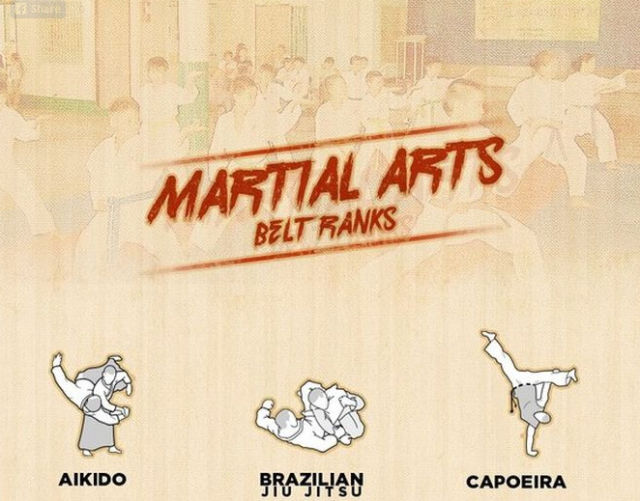The Development And Historic Context Of Martial Arts Worldwide
The Development And Historic Context Of Martial Arts Worldwide
Blog Article
Web Content Author-Kaufman Workman
Martial arts have a remarkable history that spans centuries and continents. You may find it appealing how old methods like Shuai Jiao and Kalaripayattu laid the groundwork for contemporary battle methods. These techniques not only emphasize physical abilities but likewise show the societies that birthed them. As you discover their advancement, take into consideration how globalization has actually changed these typical types into crossbreed styles. What influences do you believe have shaped today's martial arts landscape?
Ancient Martial arts: The Structures of Fight
As you explore the world of ancient martial arts, you'll uncover the rich foundations that formed fight methods throughout societies. Highly recommended Internet page focused on Self-Defense and survival, often including strikes, grappling, and weapons.
In old China, for example, strategies like Shuai Jiao stressed throws and joint locks, while India's Kalaripayattu showcased agility and fluid movement. Japanese samurai developed Kenjutsu, a refined swordsmanship that highlighted technique and method.
These martial arts served not just for fight but likewise as a way of individual development, instilling values like respect and determination. The mixing of these methods gradually laid the groundwork for the diverse martial arts you see today, each mirroring the distinct ideologies and requirements of its culture.
The Cultural Influence on Martial Arts Growth
While martial arts frequently show the sensible demands of a society, they likewise symbolize the social values and beliefs of their origins. When where martial arts come from explore various martial arts, you'll notice just how they're influenced by religious beliefs, approach, and social norms.
For instance, the focus on regard and discipline in Japanese martial arts stems from Zen Buddhism and samurai society. In contrast, Brazilian Jiu-Jitsu promotes versatility and approach, formed by the demand for efficiency in a diverse, modern atmosphere.
You might find that the routines, attires, and training techniques mirror an area's history and identity. By recognizing these social influences, you deepen your admiration of martial arts and their function fit human experiences around the world.
Modern Adaptations and the Globalization of Martial arts
Martial arts have transformed considerably in current years, adjusting to contemporary culture and international impacts. You'll discover that typical types have blended with modern-day strategies, developing hybrid styles like MMA. These adjustments accommodate varied target markets, making martial arts easily accessible and attractive around the world.
With Read A lot more of social media sites and digital platforms, you can locate tutorials and competitions from all edges of the globe, breaking geographical obstacles. This globalization has actually brought about a shared recognition for various disciplines, from Brazilian Jiu-Jitsu to Taekwondo.
As you involve with these arts, you'll understand they're not nearly combat; they advertise fitness, technique, and mental health.
Eventually, modern adjustments have enhanced the martial arts landscape, making it a dynamic and developing method.
Final thought
In discovering the history and evolution of martial arts, you reveal an interesting blend of methods, societies, and viewpoints. From old disciplines like Shuai Jiao and Kalaripayattu to the modern versatility seen in MMA, martial arts mirror humankind's mission for Self-Defense and personal development. As you involve with these practices, you not only get skills yet also a deeper appreciation for the varied traditions that form our world today. So, continue your journey and accept the art of fight!
